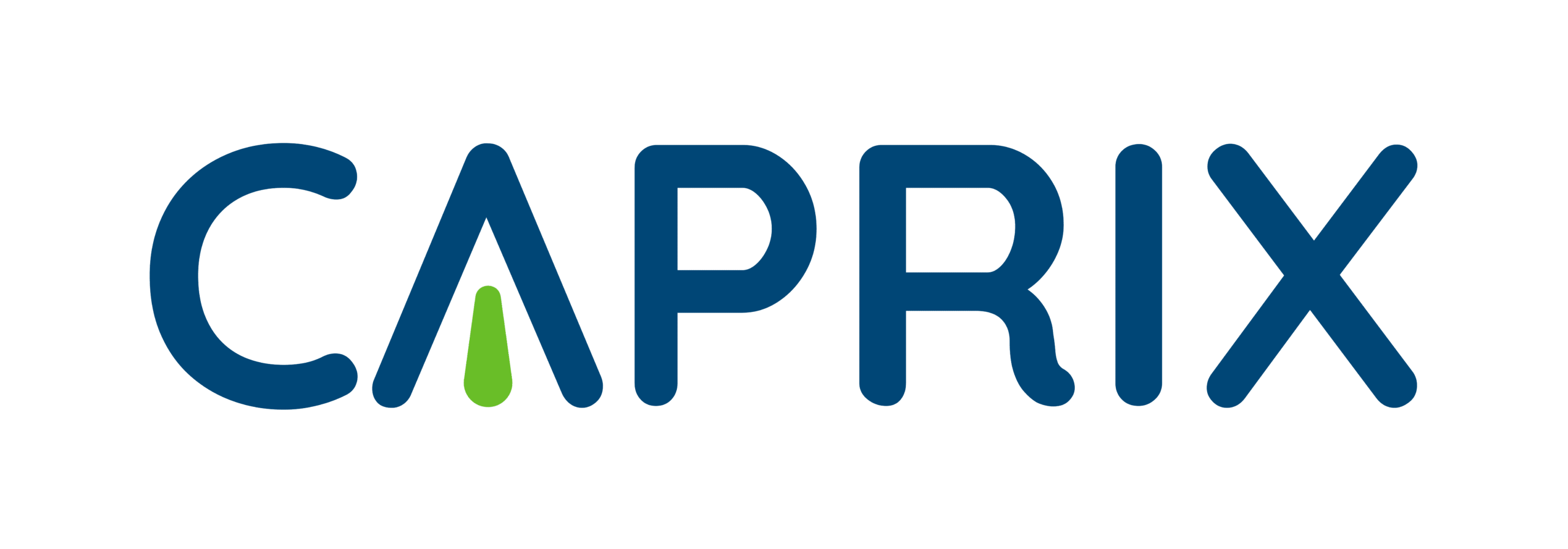The best way to determine how much grant money you have left available is by looking beyond the remaining balance in a grant account and calculating your true usable funds after accounting for existing commitments (salaries, fringe, indirects, supplies, equipment, and time.) But that’s easier said than done…
Why This Question Isn’t So Straightforward
On the surface, it sounds simple. But in most labs, getting an accurate answer takes more time, more effort, and more guesswork than it should. The data is buried in fragmented records, spread across multiple grants, and tied up in institutional accounting processes that were never designed for real-time decision-making.
And yet, it’s the question that influences everything.
Whether a lab is deciding to hire, renew a contract, submit a grant, or order supplies, it all hinges on knowing the current funding picture –and not just at a top-line level, but in terms of real, available, and committed dollars.
Challenges
The problem most labs face is twofold.
- First, institutional systems are designed for reporting and compliance, not for daily planning.
- Second, spreadsheets, while flexible, become fragile and outdated quickly.
Lab leaders often end up stuck between two options: wait on monthly reports from finance (which might already be outdated), or spend hours manually tracking budget estimates that never feel quite right. This leads to a reactive culture…
- PIs make conservative guesses to avoid overspending.
- Hiring decisions get delayed because no one is sure what the budget looks like six months out.
- Opportunities to use available funds go underutilized because the team didn’t realize they had room to spend.
- And every decision is made with a lingering sense of doubt: Are we sure this is okay?
This kind of uncertainty slows labs down, breaks confidence, and creates unnecessary risk. Research teams end up focused on surviving the current quarter instead of planning for the next year. Financial ambiguity becomes a bottleneck that impacts everything from morale to scientific output. Solving the “How much do we have left?” question starts with understanding what the question actually means. How do we do that?
Answering The Question
Step 1: To determine how much grant money you have left, you need to know how much funding is still available after existing commitments.
It’s not just about the remaining balance in a grant account. It’s about understanding, in a consolidated and forward-looking way, how much funding is still available after accounting for existing commitments — salaries, fringe, indirects, supplies, equipment, and time. It’s about knowing how those commitments stretch across time, and how changes in staffing, grant timelines, or institutional policies might affect them.
For most labs, the funding picture is a mix of active and pending grants, overlapping timelines, shifting personnel assignments, and evolving research priorities. A lab might technically have $300,000 left across all grants, but if $250,000 of that is already committed to current staff over the next six months, the usable balance is far smaller. And if one grant ends before the next begins, that creates a gap that spreadsheets often fail to catch in time.
Step 2: To figure out how grant funding is available after existing commitments, you need tools that help you consolidate the information.
To move from guesswork to clarity, labs need tools (and habits) that bring all of this information into one view. Not a flat report or a tab-heavy spreadsheet, but a real-time picture of total funding, projected expenses, and time-based availability. This kind of visibility allows lab leadership to answer the “How much do we have left?” question in a way that’s actually useful: by understanding not just what’s there, but what it means.
Quantitative Results
When labs confidently know how much funding they have available, everything changes.
- Hiring decisions are easier.
- Project planning becomes more strategic.
- Spending aligns more closely with real needs and timelines.
- PI’s know when to accelerate and when to slow down, and can communicate those choices clearly to staff, collaborators, and administrators.
- Labs are able to fully use their grants without overshooting or leaving money on the table.
Qualitative Results
Control
Just as importantly, it creates a culture of control rather than constant reaction. The PI isn’t asking the department for emergency updates or scrambling to reassign effort in the final weeks of a grant. The lab manager isn’t second-guessing whether it’s okay to approve a travel request. And researchers aren’t left wondering whether their positions are stable –or if the lab will be facing cutbacks.
This kind of operational clarity leads to better science. When the team isn’t bogged down by uncertainty, they’re free to focus on what they’re there to do:
- Plan experiments
- Generate data
- Publish results
- Pursue the next breakthrough.
Institutional Benefits
Institutions benefit, too. Labs that can answer funding questions quickly and accurately reduce the administrative burden on finance teams, ensure cleaner audits, and show stronger stewardship of grant dollars — all of which reflect well in future proposals.
Stronger Leadership
Ultimately, solving the “How much do we have left?” question isn’t just a financial exercise. It’s a leadership decision. Labs that prioritize clarity gain the power to lead with confidence, respond to uncertainty with agility, and invest their time, people, and resources where they’ll have the greatest impact.
In a world where funding is unpredictable, this kind of clarity becomes a competitive advantage. And for labs that want to stay focused on the science, NOT spreadsheets, it’s an essential one.
FAQs
How do I determine how much grant money I have left?
Look beyond the account balance. You need a consolidated view that accounts for existing commitments like salaries, fringe, indirects, supplies, and equipment, as well as how those costs stretch across time.
Why aren’t spreadsheets or monthly finance reports enough?
Spreadsheets become fragile and outdated quickly, and institutional reports are designed for compliance, not daily planning. Neither gives you a real-time, forward-looking picture of usable funds.
What changes when labs have funding clarity?
Labs can hire and plan projects with confidence, fully use their grants without overspending, and avoid last-minute surprises. This creates a culture of control instead of constant reaction, freeing teams to focus on research.



